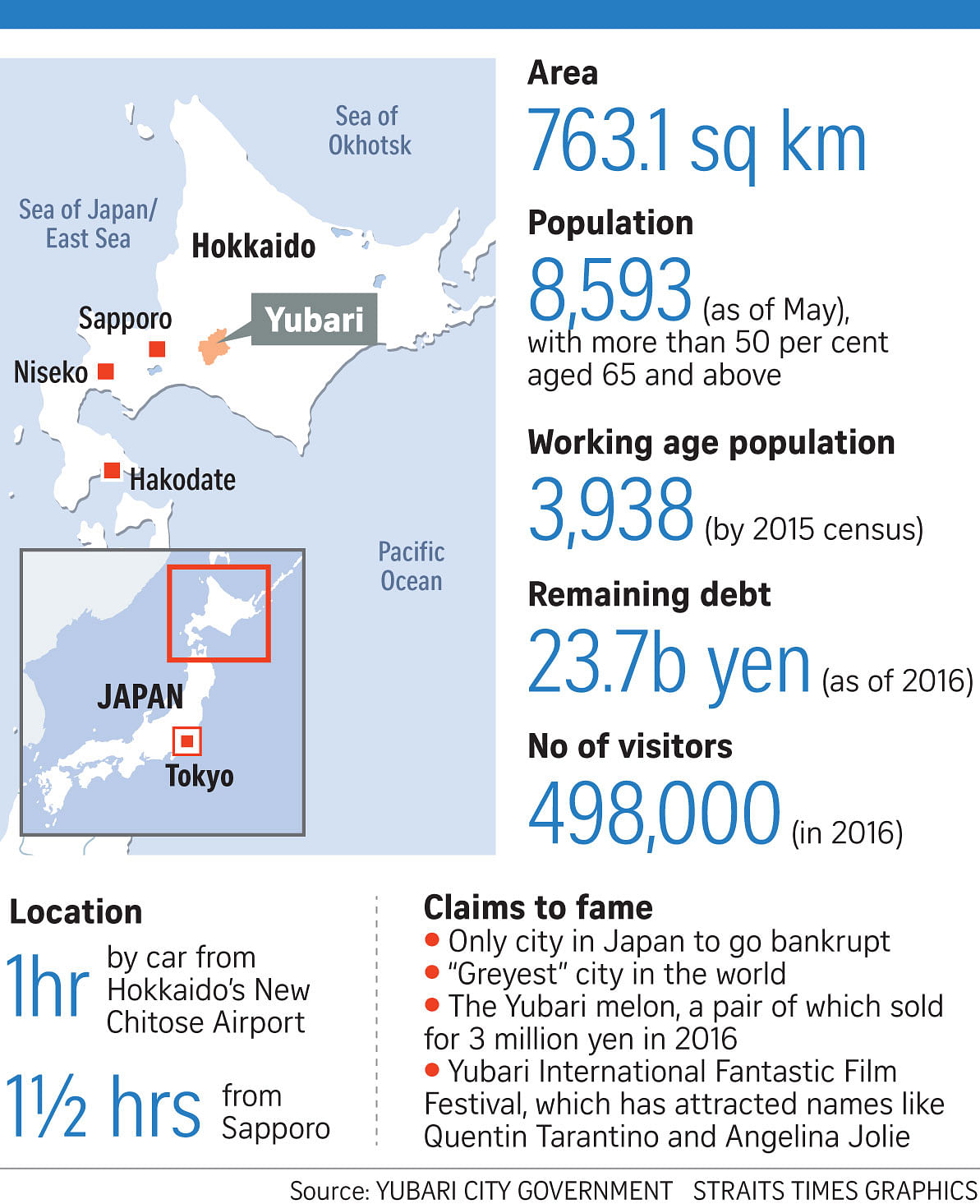WORLD FOCUS: Urban Asia
Yubari - Japan's 'greyest' city - fights depopulation, bankruptcy
A billion people have swelled the urban population in the Asia-Pacific region over three decades, and it is expected to grow by another billion by 2040. By next year, half of the region's population will live in cities. The Straits Times presents a series highlighting Asian cities and ways to tackle pressing urban issues. This fourth instalment looks at how Yubari, a city where one in two residents is aged 65 or older, deals with the challenge of being the city with the oldest population.
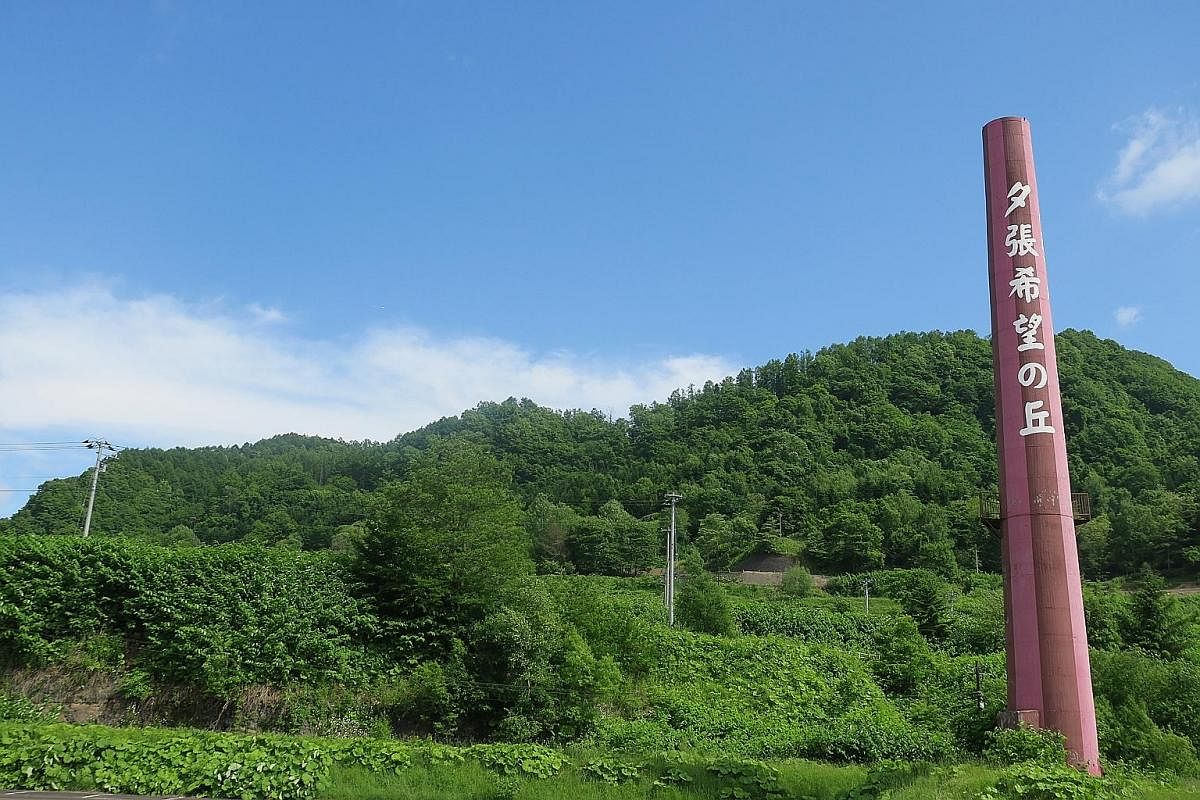
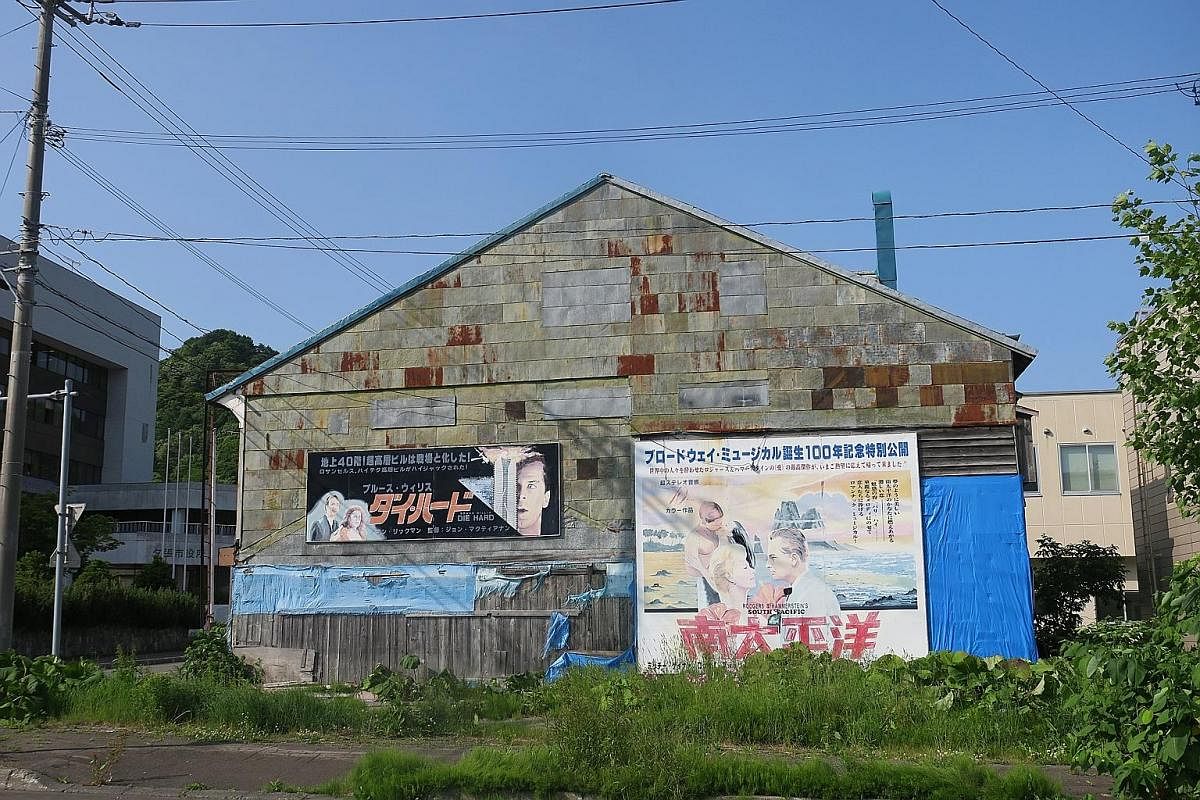
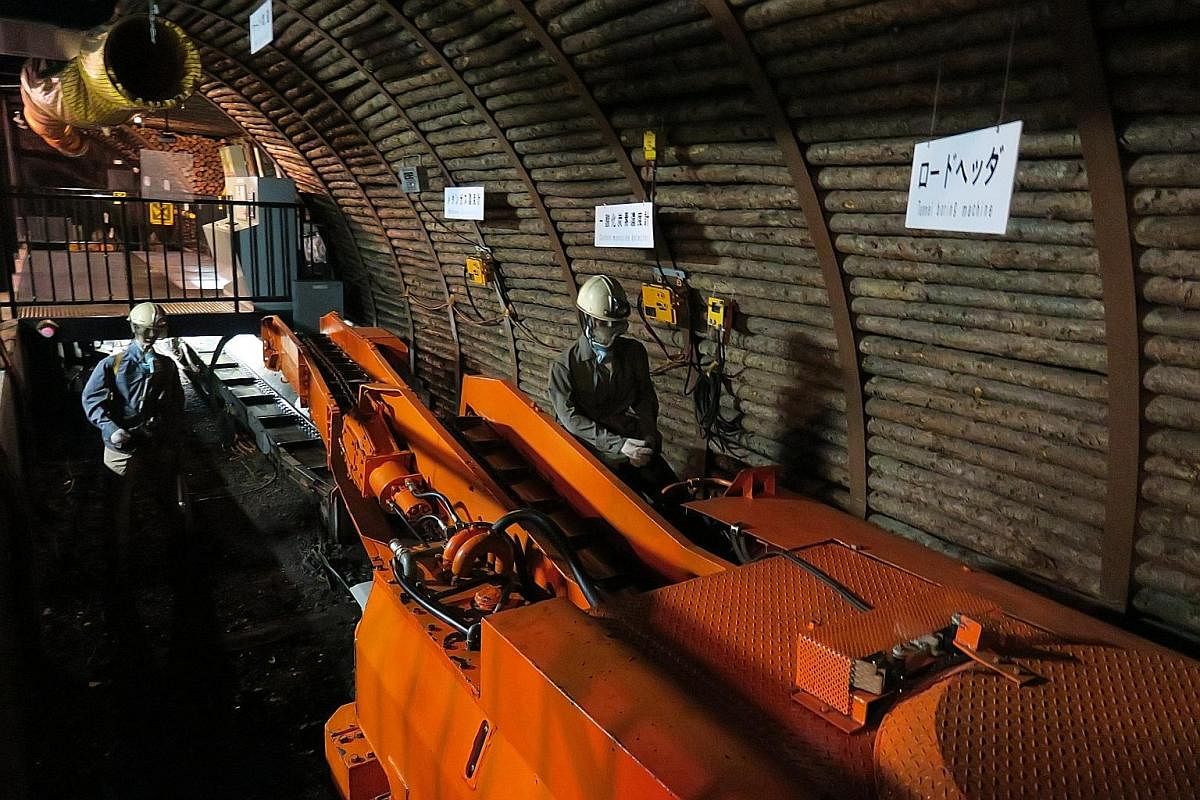
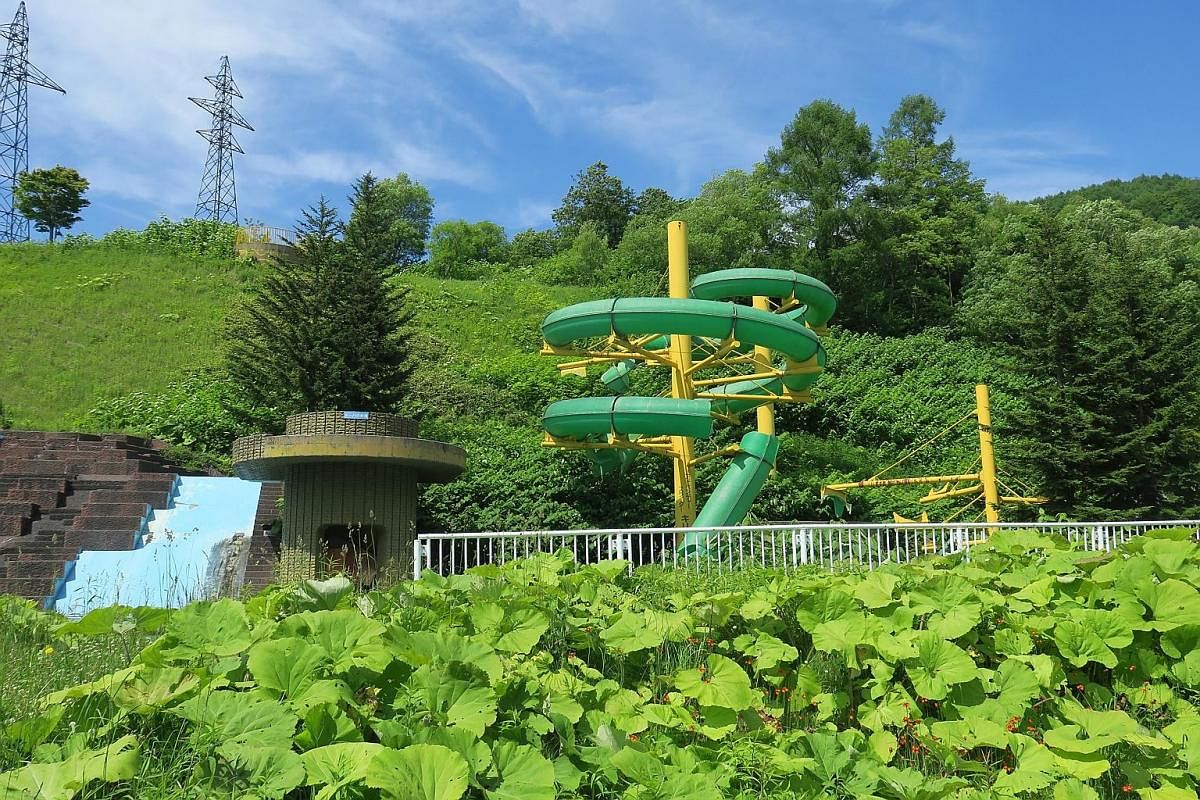

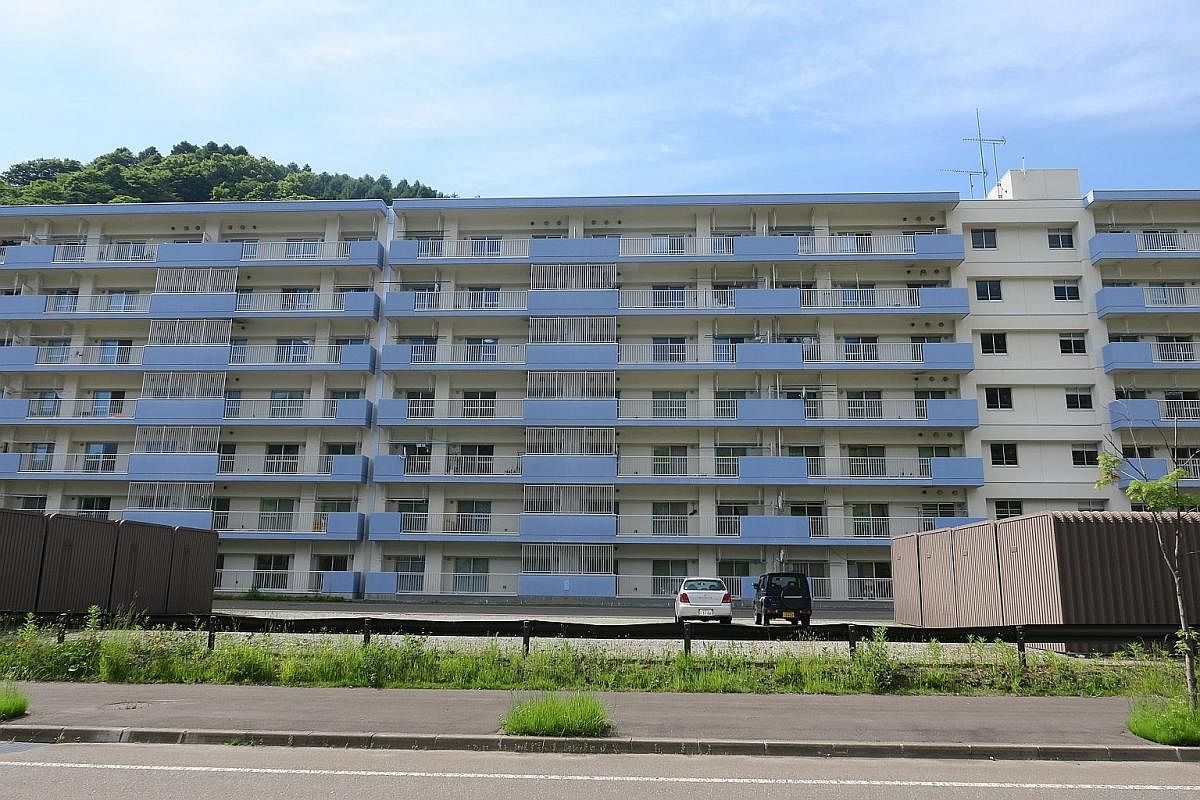
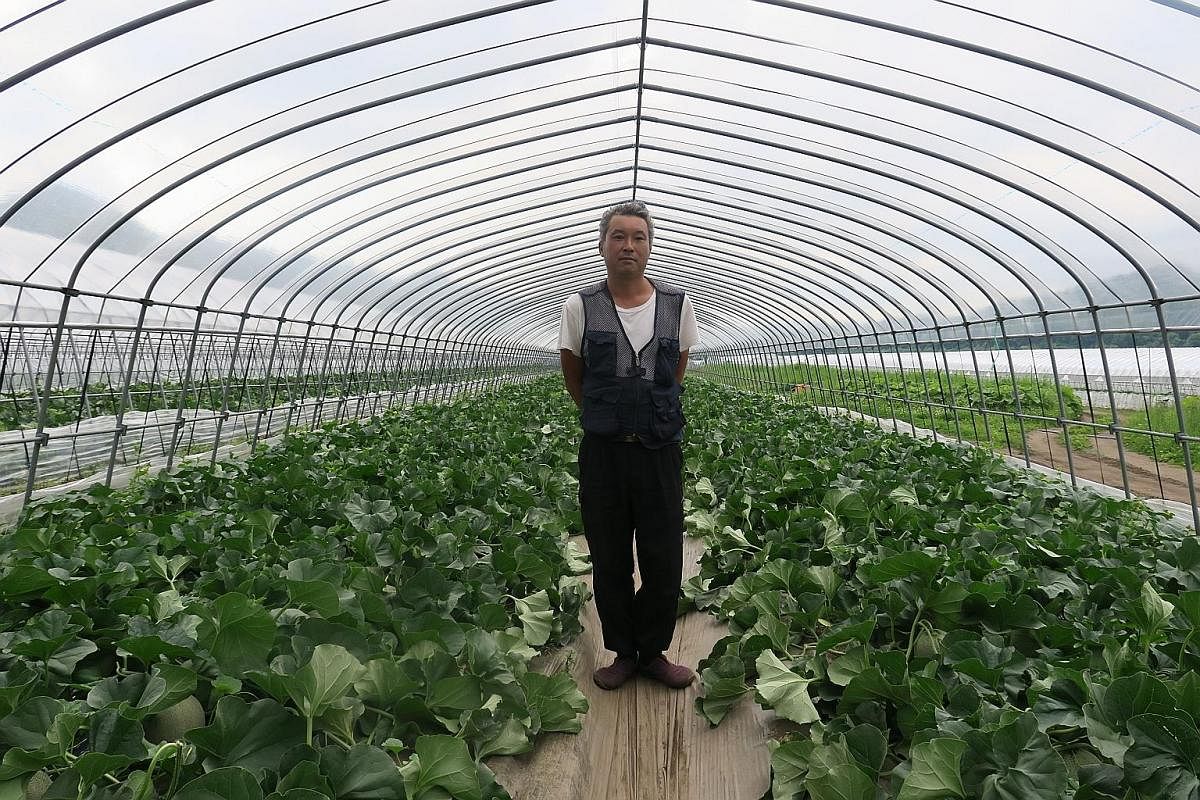
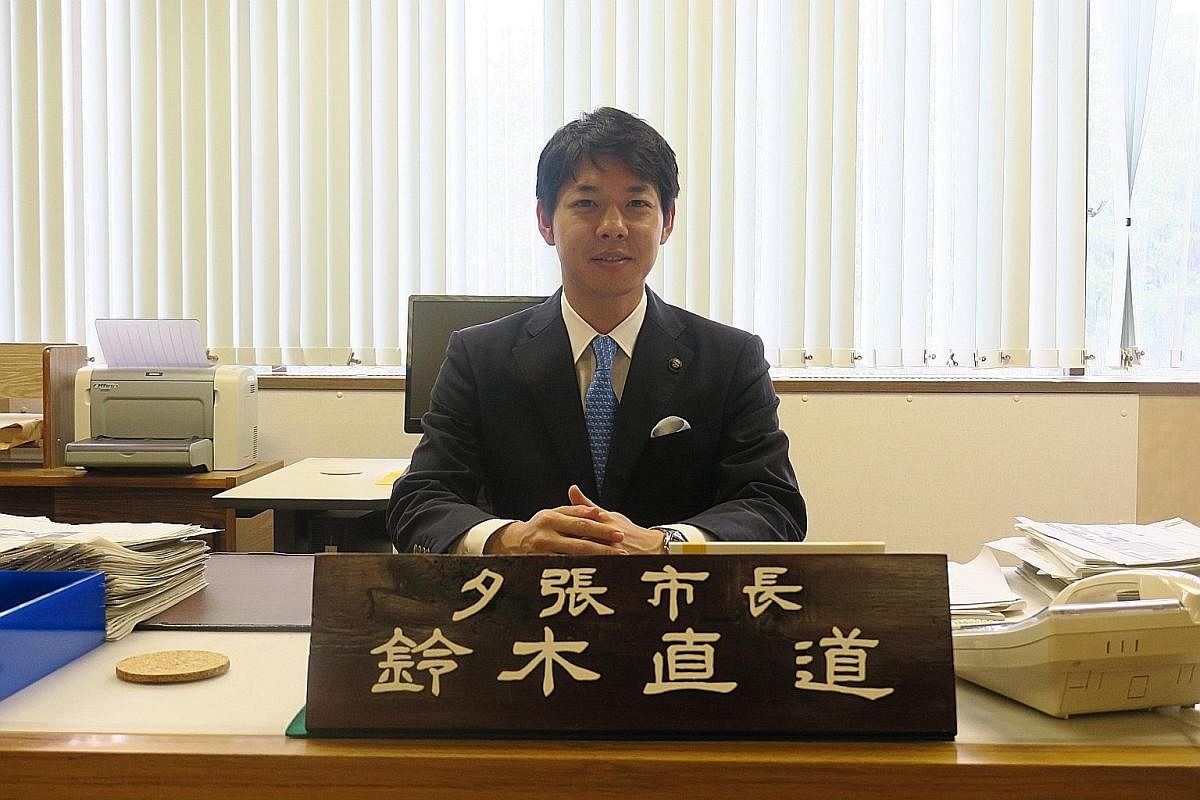
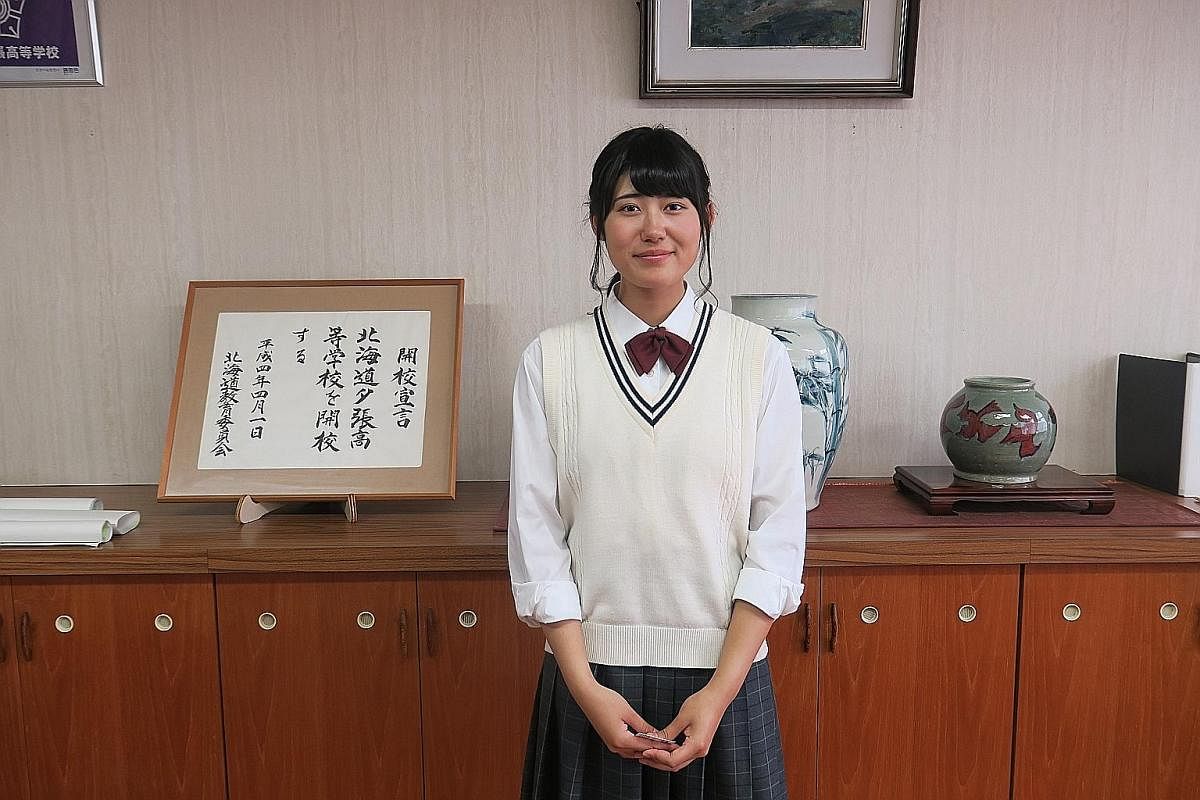
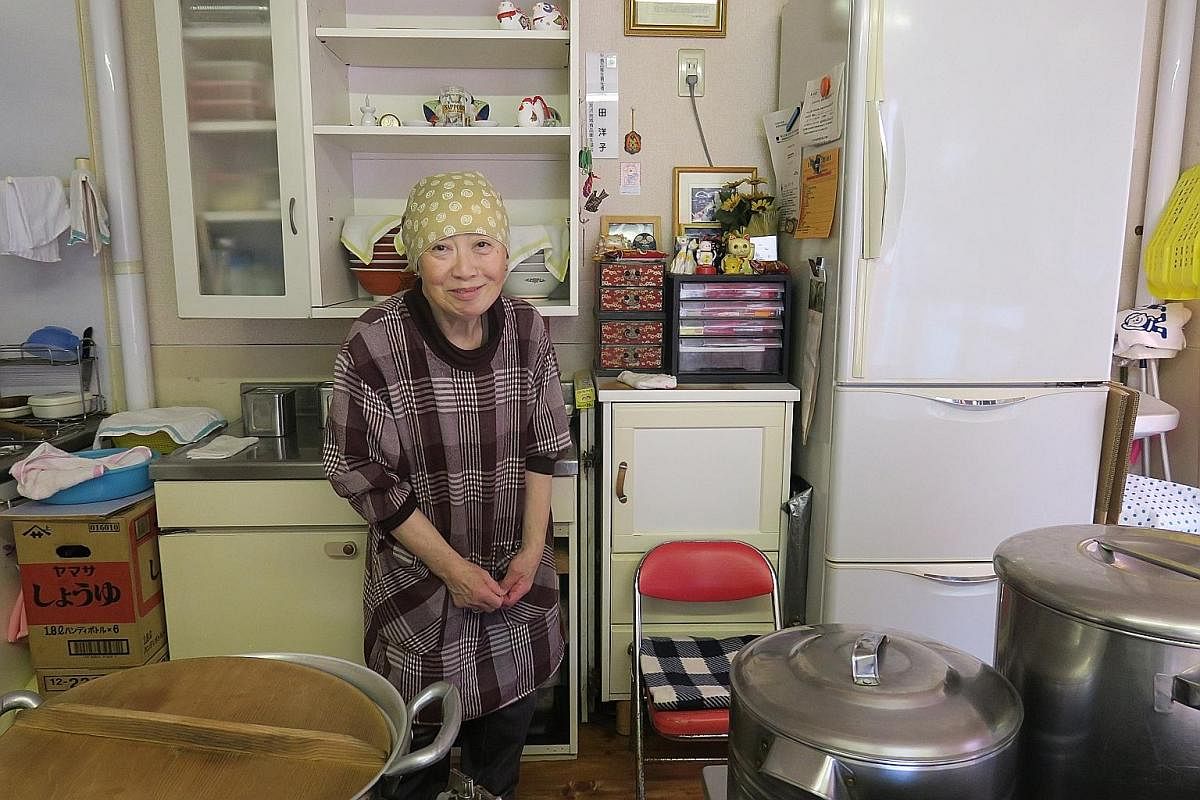
The sign amid the overgrown grass by the roadside says "Welcome to Yubari". Underneath the words are two cartoon characters - a boy wearing a helmet with a torch and a girl with yellow ribbons in her hair.
The pair are the mascots of a theme park in Yubari, a city famous for melons, in Japan's northernmost island of Hokkaido.
But these days, the theme park - which focused on coal mining, a pillar of the local economy - has fallen into disuse, like the city's mines. Nor are there many youthful faces - or any faces - to be seen. The Straits Times spotted barely 20 people in the city centre during a visit in summer.
Only 8,600 people live in Yubari, which, at 763.1 sq km, is larger than Singapore.
In Yubari, more than one in two are aged 65 or older, making it the city with the oldest population not just in Japan but in the world. How the city tackles ageing and depopulation will be closely watched by countries in Asia which face similar issues.
SALAD DAYS
In its salad days in the 1960s, Yubari was Japan's coal-mining capital with a population that topped 120,000. It was then replete with cinemas and even had the luxuries of a five-storey department store.
Today, it is a city only in name. In Japan, a place needs a population exceeding 50,000 to qualify as a city, but the authorities do not usually "demote" its cities.
Yubari's woes began when Japan moved away from having coal at the centre of its energy policy mix. The city's last coal mine shut down in 1990, sparking an exodus of its working population. And many who chose to stay were growing old.
The city's problems were exacerbated by its profligacy, with ill-conceived tourism initiatives such as the mining-themed amusement park, whose rusting carcass still stands today.
In 2006, Yubari became Japan's only bankrupt city - and it is still repaying its debts.
It once had 22 elementary schools, nine junior high schools and six senior high schools but today, there is only one of each. Mr Hidenori Gappo, 53, principal of the senior high school, told ST he now has just 75 students across three cohorts - down from 130 in 2007.
A survey last year by broadcaster NHK found that only a third of the city's young pupils want to attend high school there.
"Parents tend not to have too high expectations of our school, and want to send their children elsewhere, especially to bigger cities, where they believe they can get better opportunities," Mr Gappo said.
In Yubari, which is about 90 minutes from Sapporo by car, less than 40 per cent of residents are of working age and less than 10 per cent of school-going age.
SILVER TSUNAMI
Yubari is a prime example of what could happen if Japan fails to do something about low birth rates and rural depopulation.
The world's most aged nation, Japan is projected to have four in 10 people aged 65 or above by 2065.
In a 2014 book titled Local Extinctions, Mr Hiroya Masuda, the former governor of north-eastern Iwate prefecture, predicted that 896 cities, towns and villages across Japan will die out by 2040. By then, the national population is expected to drop to 107 million from the 126.9 million today.
In some Japanese towns, even scarecrows outnumber humans.
-
Eatery owner upbeat about 'fresh ideas' for city
-
YUBARI (Hokkaido) • For 66 years, the Yasuda family has been serving up piping hot bowls of ramen at the homely five-seater eatery Nonkiya, near the Yubari city centre.
But its once bustling stream of customers has slowed to a trickle, said Ms Yoko Yasuda, 74, the third-generation owner who took over in 2012 after her mother's death.
Still, she is upbeat about the "refreshing ideas" introduced by mayor Naomichi Suzuki, she said. Mr Suzuki, 37, is trying to resolve the city's debt problem by creating a compact city nucleus to improve fiscal efficiency and ensure a better quality of life.
This, she said, has not only helped her business a little, but also made things more convenient after she moved across town: Her new home, built in 2015, is just a five-minutes walk from her eatery. "I love the laid-back atmosphere of the city, but what I hated about it the most was its inconvenience," she said, noting the sporadic buses.
Ms Yasuda's complaints are warranted, for she had got used to the big city life, having lived for 40 years in Saitama, north of Tokyo, after her husband was posted there. The widow returned only in 2012, after he died, to take care of her ageing mother. Her children chose to stay in Saitama.
She now lives in a seven-storey housing block which sticks out in a Yubari that feels stuck in time with its ageing infrastructure and billboards of such movies as the 1959 American romantic musical South Pacific in the city centre. The new blocks of flats were Mr Suzuki's idea, in an ambitious plan to manage the city more efficiently and cut down on costs for services like snow removal.
Said Ms Yasuda: "I'm happy to be living alone but it is also good to have neighbours close by."
Walter Sim
Nagoro town, in Iya Valley in Tokushima prefecture on the island of Shikoku in central Japan, is home to just 30 people and more than 200 life-size scarecrows, erected by a resident to represent those who have died or moved away.
The "silver tsunami" also afflicts South Korea, where one in four will be over 65 by 2030. In the county of Gunwi, only six pupils attend Seoksan Elementary School, which once had 700 pupils. The county's 24,000 residents form just 35 per cent of its peak population in the 1980s.
China is also ageing. Its most elderly county is Rudong, where 30 per cent of one million residents are over 60. By 2065, three in 10 Chinese are expected to be senior citizens.
China has a University of the Aged, where 570 students learn subjects like Latin dance and literature. The national government is also promoting the building of lodging homes and barrier-free facilities in public areas for the elderly.
South-east Asia is also growing old, and United Nations data predicts that more than one in five will be aged 60 or above by 2050, up from less than one in 10 today.
Globally, the UN expects nearly eight in 10 elderly to live in less developed regions by 2050, a trend that will be especially pronounced in Asia-Pacific.
Mr Nuno Meira Simoes Cunha, the International Labour Organisation's senior technical specialist on social protection, said: "I really hate the idea of (ageing populations) being described as a crisis. This is the progress of humanity. We were able to make people live longer and live in better health conditions, and now we need to adapt to these realities."
SIGNS OF LIFE
At current rates of decline, Yubari will have just 5,200 people by 2035.
The city's residents have pinned their hopes on a political greenhorn. Mr Naomichi Suzuki, a Tokyo bureaucrat seconded to Yubari City Hall from 2008 to 2010, left such a good impression that residents urged him to run for office. In 2011, he was elected mayor, making the then 30-year-old Japan's youngest city mayor.
Once in office, Mr Suzuki rolled out a slew of austerity measures. He slashed his own pay and is now the country's lowest-paid city mayor.
He also has an ambitious plan for a more compact city nucleus by relocating residents to new apartment blocks in the city centre. About 300 households have moved thus far.
"We are reorganising our public facilities to make Yubari more liveable and compact," he told ST.
Hokkaido University urban planning expert Tsuyoshi Setoguchi said small dispersed cities such as Yubari face common challenges like depopulation and an increased fiscal burden due to the upkeep of social infrastructure over a wide area.
He said: "To create an environment where the financial burden is reduced but quality of public services and standard of living can be maintained, it is necessary not only to suppress the expansion of cities, but also to form an intensive compact one in line with the population size."
Mr Suzuki has introduced an 11.3 billion yen (S$140 million) plan to revitalise Yubari by focusing on investments in youth. At the heart of this is a new all-in-one facility that will house a library, a childcare centre, a kindergarten and other facilities when it opens in 2019. It will also house the city's only clinic.
The mayor is also actively wooing investments to create jobs, leveraging on what he sees as the city's two biggest assets: tourism and agriculture. Chinese investor Wu Zhiping pumped an undisclosed sum into the city's hotels and tourism after visiting Yubari for the first time in January. He told ST the city was a "diamond in the rough".
Yubari attracts tourists mainly during winter and is hoping for an uptick in numbers after five straight years of decline. Some 489,000 people visited last year, down from 776,000 in 2011 and 1.16 million in 2006. The downturn is possibly due to a new expressway that bypasses the main road into the city.
In March, it will hold the annual Fantastic Yubari International Film Festival which so inspired director Quentin Tarantino that he named a character in his film Kill Bill: Volume 1 after the city.
A non-profit group took over the running of the festival after the city went bankrupt and other cities in Japan rallied to keep the festival afloat. Producer Shuichi Fukatsu, 62, said: "It has been a miracle - it is as if Japan recognises that Yubari symbolises what could easily be the near future of the nation. If Yubari does not recover, Japan too will not."
Things are also looking up in agriculture. Yubari's famous cantaloupe melons fetched a record three million yen a pair last year at the prestigious first auction of the season.
Yubari's seemingly rosier future has led some to pledge to stay, such as Nonoka Nikaido, 17, who hopes to work in tourism. "Many people are working hard for Yubari. I was born and raised in Yubari, and there is no place like home."
Correction note: An earlier version of the story cited the principal's name as Mr Hidenori Goto when it should be Mr Hidenori Gappo. We are sorry for the error.
Join ST's Telegram channel and get the latest breaking news delivered to you.
A version of this article appeared in the print edition of The Straits Times on December 05, 2017, with the headline Yubari - Japan's 'greyest' city - fights depopulation, bankruptcy. Subscribe
